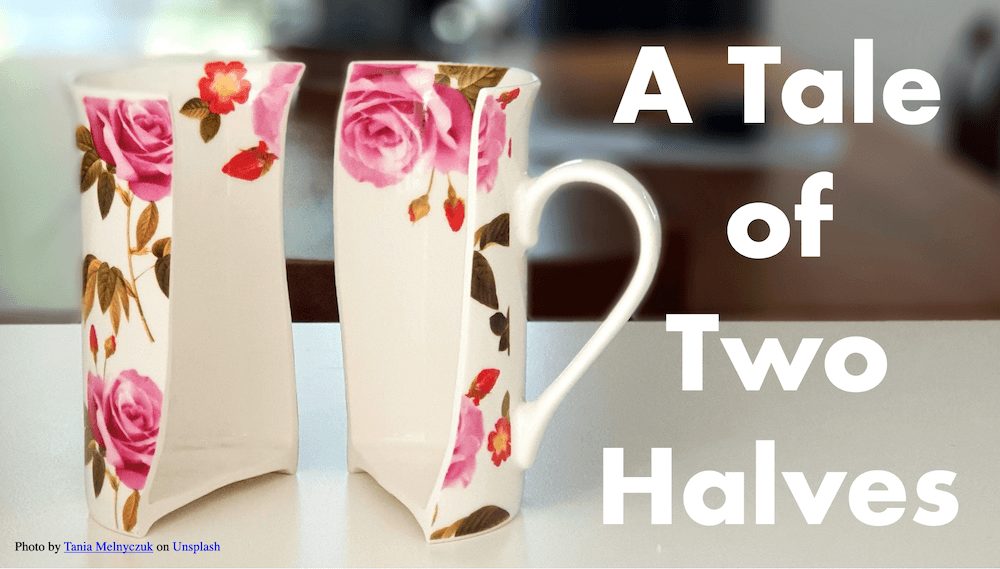A divided and existential experience
This pandemic has allowed many of us more time and new reason to think. It seems that time went through some kind of vortex as we slowed down to deal with the sanitary issues. Our appreciation of time evolved, too. Sure, we obviously haven’t all experienced the pandemic in the same way. I’ve heard several friends say that it’s been a “heavenly break,” while others have described it as hell on Earth. For some businesses, it’s been a boon, but for many more, it’s been a bust. As I laid out in my post, “Do you have time to…“, this pandemic has reinforced the need to be strategic in the way we manage our time. I like to say:
The way we approach time is the way we are. It’s who we are.
Depending on where you live, Covid-19-related restrictions may still be in place. Country by country, region by region, state by state, even city by city, it changes. It’s awfully hard to keep on top, especially if you’re crazy enough to want to travel internationally. In the UK, we’ve just announced a prolongation of the latest restrictions against Covid-19. Some countries have relaxed all restrictions, while others still (e.g. RSA) are talking about new waves. When will it end?
Three things have become apparent to me, personally, through the extra reflection I’ve had:
- This pandemic is a tale of two halves; and we’re not even at the end of the first half.
- It has also been a tale of the haves and the have nots.
- Our general reaction to the pandemic was proof of some sort of shared existential crisis, at least in what we tend to call the West (i.e. basically all developed countries). Have we awoken to our mortality?
A tale of Two Halves: The first half
In terms of two halves, the first half has been about the experience DURING the pandemic. Most countries, following in the footsteps of the radical Chinese plan where it all began, went into varying forms of lockdowns, with a more or less compliant population. In the ensuing uproar and confusion, most democratically elected officials seemed to follow a similar path that led to severe precautionary measures. The narrative in the media was generally focused on hyping the fear, vacillating from number of cases to number of deaths to number of variants, whichever provoked the higher reaction. In the first half, we spent virtually all our energies trying to battle the virus, at the expense of the overall economy, people’s mental health, and the education of the younger generations. In the process, under the pall of protection, governments felt justified to curtail our civilian liberties. Will this set a precedence for all issues of health and safety in the future? As I write, I’m quite sure the whistle for the first half has yet to be blown. The dust is far from settled and the data is still unstructured and unclear. Many — especially in government — have now followed a singular narrative that puts the pandemic above all else. As I say, however, the game is far from over.
A tale of Two Halves: The second half
The second half of the story is yet to come. This will be the half where we see and analyze the lingering effects of the pandemic and of the world’s various governmental policies. For starters, we will need to do some more forensic evaluation of how it started and the actual death tolls. Importantly, we’ll need to bring to the fore a clear picture of the true costs of the policies put in place. We will need to see to what extent the economies will bounce back? Will inflation rear its ugly head (which rose +5% in the US between May 2020 and May 2021, the biggest jump since 2008)? Will the deficient education have a lasting impact on the kids who endured home schooling and remote learning? Will we see sustained rises in the levels of loneliness, depression, harmful alcohol and drug use, and self-harm or suicidal behavior? How will Big Tech evolve (behave?) in the post-pandemic period? Will we be able to come up with the an hardcore and comprehensive evaluation of our “performance”? {See here for my not-so-funny effort at a formula for coming up with a cost for the pandemic.}
And it’s likely, in the second half, we will be talking about step-change impacts on the global geo-political stage. For example, how much will the balance of world power tilt toward China? Will the Yuan take over the US dollar to become the strongest worldwide currency? And, lastly, to what extent will our civil liberties be permanently curtailed and democracy itself be weakened by the pandemic-related policies?
Bottom line: We need to wait for the second half in order to properly evaluate what has happened during the pandemic and to draw the proper conclusions. This will necessarily require open and, presumably, heated debate.
The Haves and Have Nots

UK Prime Minister Boris Johnson warned at the recent G7 meeting:
“What risks being a lasting scar [of the Covid-19 pandemic], is that inequalities may be entrenched.”
And, in this, Johnson may well be right to sound the alarm. The problem is who will be willing or even able to do anything about it? Is any big government — in a democratic environment — qualified to lead that charge? Are the worldwide organizations equipped or have their motivations aligned to iron out the inequalities? When you look at the financial markets around the world, it’s clear that most investors are in the black versus two years ago, with the notable exception of the FTSE100 (UK). Among the commodities, gold has done well (flight to security). Perhaps as a sign of failing belief in the main currencies (USD and EUR), Bitcoin skyrocketed, albeit with its customarily extreme volatility; and it has given up a lot of its gains recently. If the two-year chart of the S&P500 (US) looks like it’s been on an almost steady increase, since the dip in March 2020, the SSE Shanghai Composite index looks like it’s been entirely positive THANKS to the pandemic.
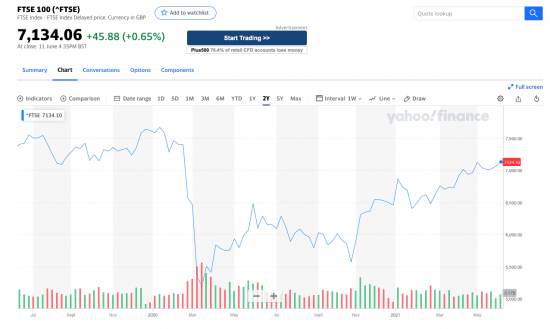
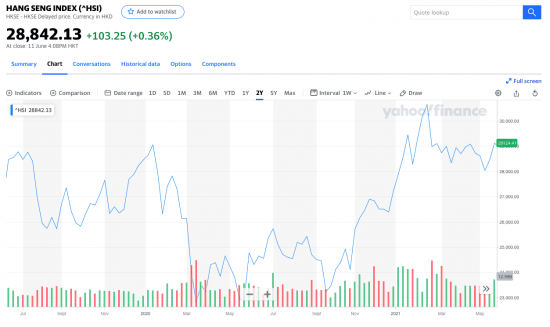
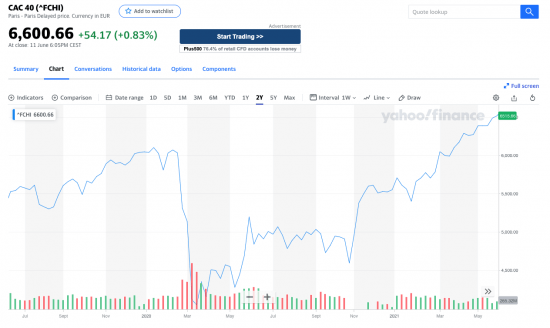
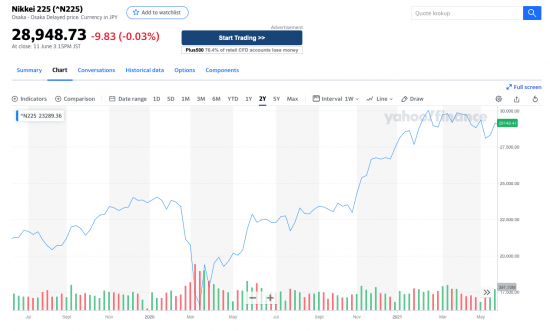
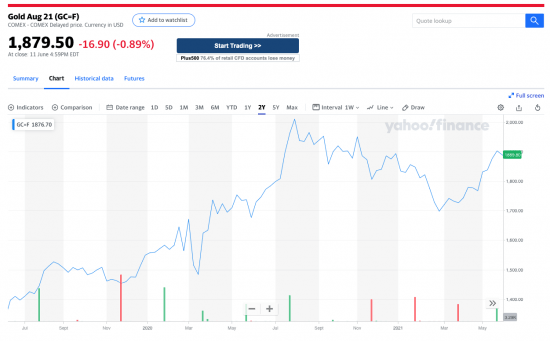
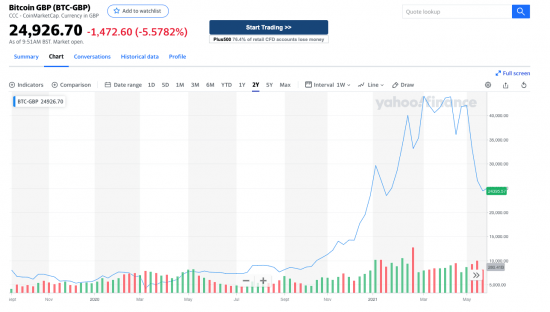
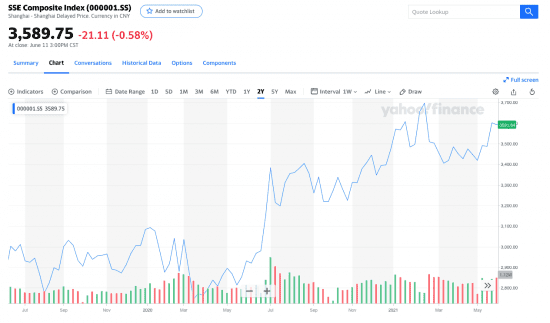
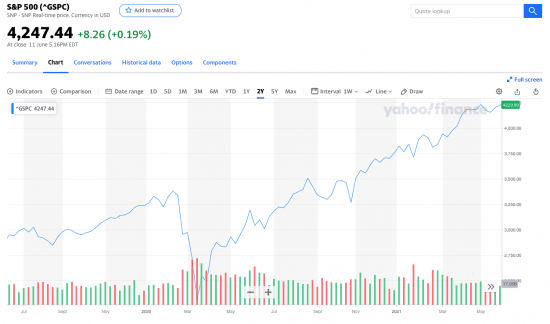
And from a business standpoint, we have seen much profiteering, including in Big Tech, Online Media and Pharma. Even among the more notable news media names, many have done well with subscriptions up massively. Essentially, on an individual level, many of the world’s richest (the haves) have gotten wealthier. And what of all the businesses that have had to shutter as a result of the pandemic? But aside from the hits to small business, retail, travel and the hospitality industry (to name a few), many of the poorer nations, whose populations are living more precariously, have undoubtedly been hit hard. The UN estimates that 200 million more people will enter into extreme poverty, which will have a knock-on effect in the form of more massive immigration. [Source] As unsightly as it may be for the haves, there may yet be a need to avoid the abyss of inequality looking too large. In those circles discussing Universal Basic Income, I’m not sure that is a genuine solution. I believe the answer lies in having the responsibility (and agency) lie within the have-nots, not via handouts. No matter your perspective, though, the solution will be undoubtedly complex.
The Existential Crisis
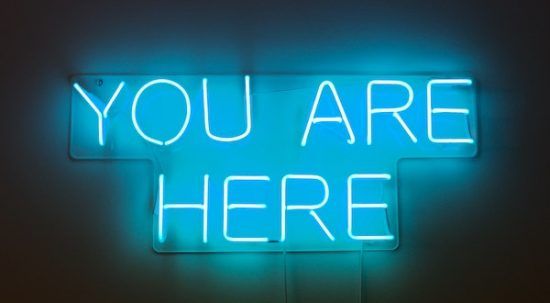
The third conclusion about this entire pandemic situation is that it has provoked a seismic existential crisis, both at the macro and micro levels. Individuals have been confronted daily with death as the main topic of conversation, led by a media that did not tire of the topic. At the corporate level, employees and company executives have had to take a new look at what work is all about. The Future of Work became the present, and business models had to be revamped. Companies had to evaluate saving the bottom line all the while considering their purpose on this planet — why would or will employees want to show up at work, beyond collecting a paycheck. Moreover, particularly in North America, social justice issues have made for tricky waters for companies to navigate. At a national level, in the face of the post-universalist globally connected approach, the sovereignty of countries has been called into question. Can we live as a happy all-inconclusive collection of peoples, or will we revert to greater nationalism or tribalism to survive?
Bottom line: The existential crisis has pushed many of us to consider more closely what we’re doing on this planet. Why do I exist? How can I make my existence more meaningful? Am I working in or for the right organization?
Important time for media
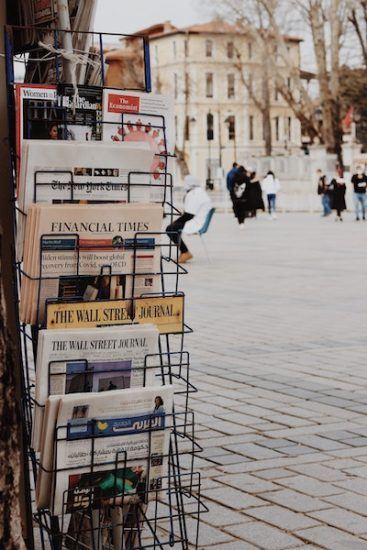
Given the upcoming second half, with so much fury, emotion and dust in the air, the debate is clearly far from over as to who “won.” It will be vital to have a genuine diversity of viable viewpoints invited to the debate, where people with unpopular opinions are allowed to express themselves without fear of being de-platformed or censored. My hope is that the media will do their role to investigate the true consequences and costs, and seek to foster a vibrant, serious and civil conversation around the causes and responsibilities. Hopefully, the news media — who have too often prayed on our negativity bias and lapped up new subscriptions predicated on fear-mongering and precautionary sensationalism — will step.
Time for us all to show up…
It’s now time. We’ve had the time to think about what’s important. With due analysis and hearing a full range of the facts, it’s time for us all to show up. We can’t afford to be bystanders and assume others are going to stand up for what matters. As we move into the second half of the crisis, I believe we citizens will need to be far more intentional about how and where we attend to the post-pandemic period. We will need to have the serenity to listen and the courage to debate openly, rather than hide behind the veil of anonymity or in dark and closed social circles. I like to remind myself: it’s all about the journey, not the result. We all know we have to pass. It’s what comes to pass along the way that counts.
A fictional comprehensive cost formula
I’d love an appropriately equipped and multidisciplinary team to come up with a formula for the true cost of the pandemic that looks something like:
Cost(of dead because of CV)+ Cost(dead related to CV) + Cost(dead and also happened to have CV) + Cost(dead without CV but could have been treated had there been available doctors/treatment) – Cost(would have died naturally anyway)
+
Cost(mental health, domestic violence, child abuse & suicides related to Lockdown) – Cost(mental health and suicides not related to Lockdown)
+
Cost of businesses closed + long-term cost of slashed business investment in R&D
+
the aggregate amount of money spent by governments in stimulus (with implications of increased debt, including deflation and inflationary pressures)
+
Cost of increased illnesses once lockdown opened up due to reduced immunization and physical/mental fitness
+
Cost of the long-term societal and individual trauma from the lockdown and decrease in social connectivity once the lockdown is over
+
the weight of considering WTF are we going to do in the next wave?

